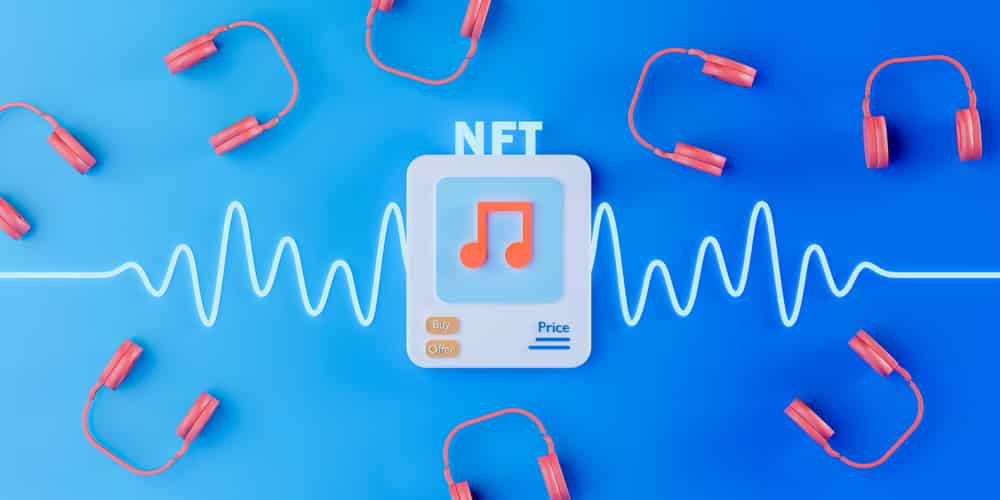
People can no longer get enough non-fungible tokens (NFTs), and it is understandable. Blockchain innovation is becoming increasingly popular as the race to tokenize real-world objects and generate optimum value from them heats up. While NFTs have mostly been used to tokenize images and arts, it appears they are also finding great use in the content creation business, more so in the music industry.
NFTs and music
Musicians are increasingly jumping to the opportunity of digitizing their works, all in the effort of proving ownership. In addition, tokenization has made it easy to distribute music in a digital file, therefore generating value from the fine tunes.
Tokenizing music into digital files is gaining momentum partly because anyone who is getting their hands on a copy ends up with quality as in the original piece. In return, one is guaranteed equal value over the years.
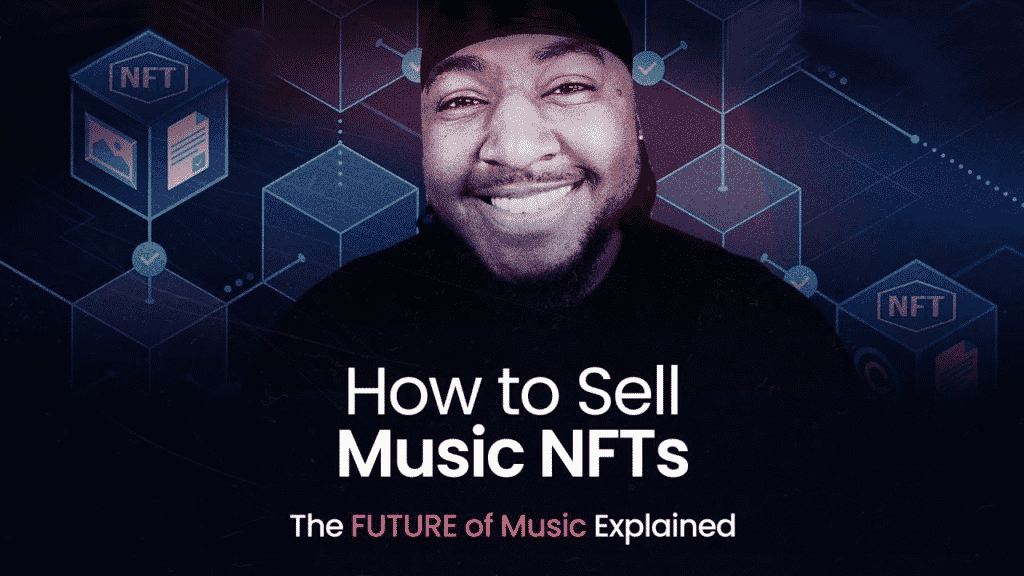
While streaming services have created a new marketplace for music, artists are yet to generate the returns they would have loved. However, with the ability to convert a music file to an NFT, things could soon change for the better.
Whenever an artist creates a piece of music and attaches it to an NFT, they are simply creating something that will be scarce, thus capable of accruing and generating value amid a spike in demand.
How to create an NFT for music?
The first step to creating a music file as an NFT entails setting up a crypto wallet. The wallet will act as a bank account or storage for some cryptocurrencies. The most common wallet in the NFTs creation business is Metamask, a chrome extension working with most websites that have added support for Ethereum.
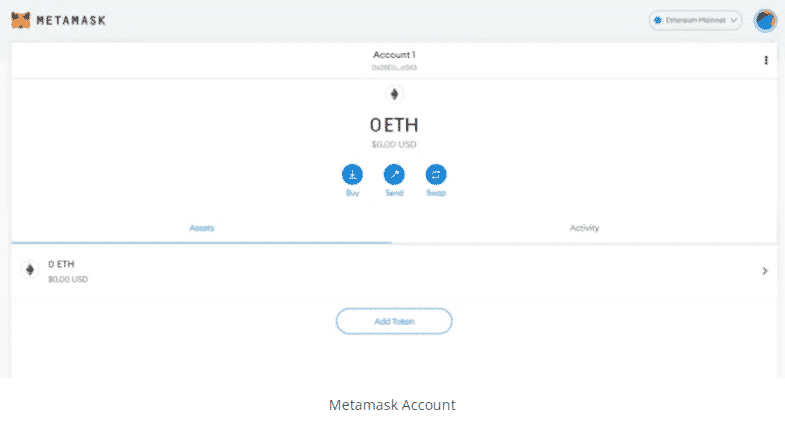
It is important to note that most NFTs are created on top of the Ethereum blockchain. Once you have set up a crypto wallet and bought some tokens, i.e., ether, you are good to go and start minting NFT for your music.
The process is straightforward as it entails signing up for an account in one of the platforms supporting NFT creation. OpenSea and Rarible are the two platforms synonymous with NFTs of all kinds.
Once you sign up for an account, connect your crypto wallet to the OpenSea or Rarible account. With some Ethereum in the crypto wallet, you are good to start minting and be able to pay for any transaction fees that might arise.
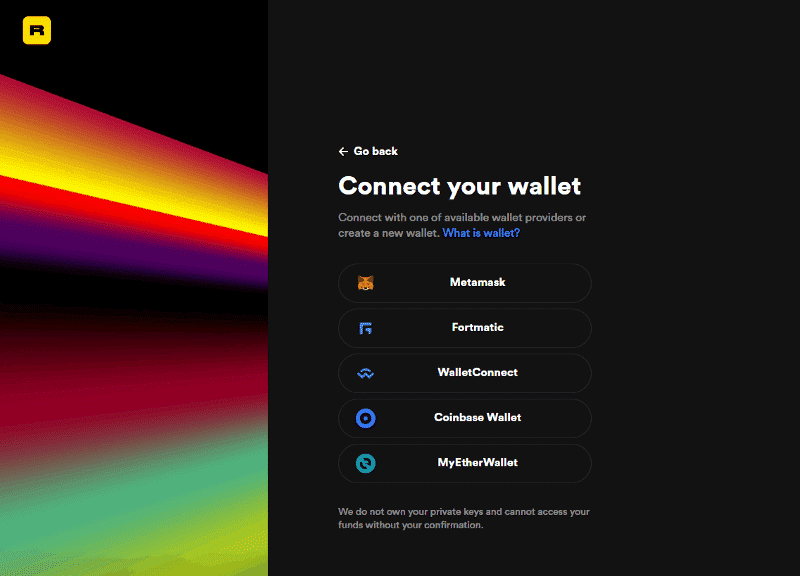
In the created Rarible account, simply tap on “Create” in the top right corner of the page. On tapping, you will be given the option of creating a single collectible of music or several collectibles. With a single collectible, you will be able to create a one-of-a-kind NFT of the music file and charge a one-time minting fee.
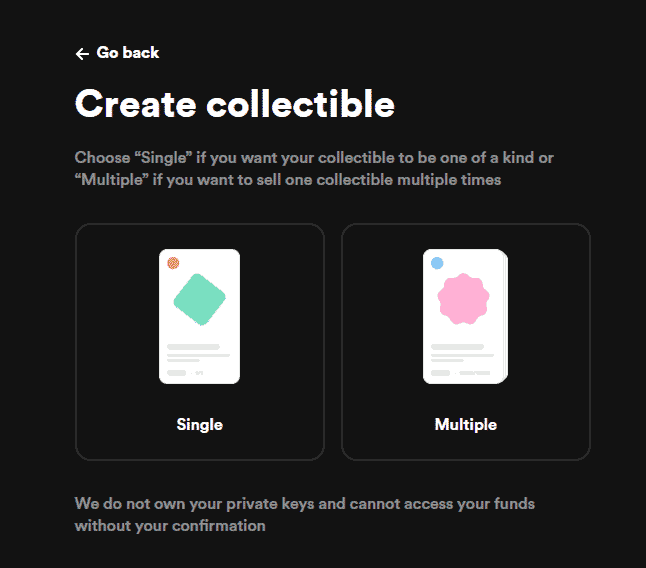
Selecting multiple leads to the creation of copies of the original NFT which are unique. For instance, you can select ten to generate ten copies of the NFT music file.
Upon uploading the file to be tokenized, one must detail the title of the file description, royalties for income market sale. Once everything is set up, and in place, Rarible will generate the NFT of the music file once the gas costs are paid.
You will generate multiple copies of the same collectible by selecting several collectibles.
How does music NFT works?
In the case of music, NFTs are allowing artists to add a bit of unique data on the electronic file. Therefore making it easy to prove original provenance, where it came from, and who owns it.
Therefore, the original digital file is worth more than all identical files; its originality can be proven more easily by the unique additional information added while tokenizing. The fact that the data is based on the blockchain means it cannot be altered or manipulated to create similar copies in the future.
The identifying data on NFT music provides a way of digitally tracking and registering in an accessible manner. Therefore, it becomes easy to track who owns given NFT music. In return, the NFTs can be sold, and ownership is trailed.
When you buy NFT music on a marketplace such as OpenSea, what you are simply buying is a token. The token comes with rights to the music file or its information. The certificate of ownership is unique and can be verified in any public blockchain.
Selling NFT music
Once music NFT is created, selling would be as easy as clicking a few buttons and initiating the sale process. All you need to do is click on the “Create” button and then choose the type of collectible you wish to sell, Single or Multiple.
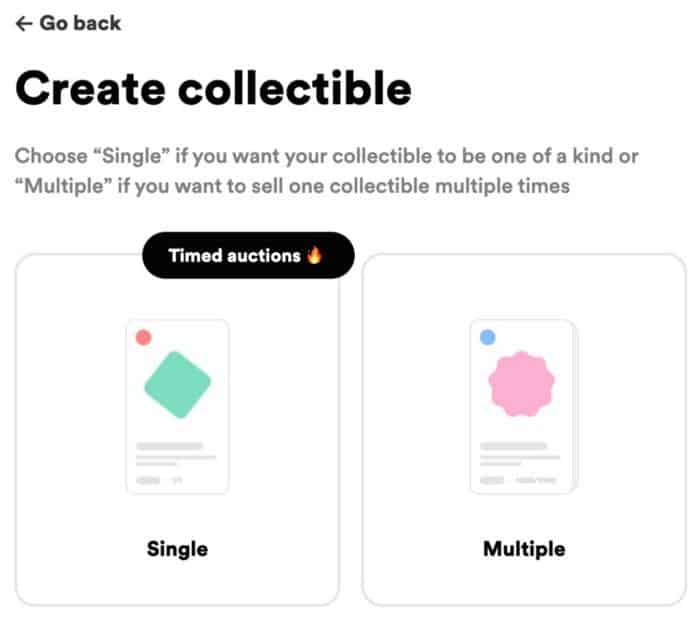
You will be prompted to fill in some information about the music NFT up for sale.
After filling out all the information, simply click on create an item, the listing process will commence.
However, it is important to note that you will have to pay some fees for the music NFT to be made available for a straight sale or through an auction.
Once the fees are paid, you will have to sign the sell order to initiate the selling process.
Rarible is turning out to be one of the best NFT marketplaces as artists make upwards of $100,000 weekly selling all kinds of non-fungible tokens. Sharing the created NFTs on various social media platforms is the easiest way to attract more people to bid on any auction, therefore, increasing the value of the NFT.
Final thoughts
There is no doubt that NFTs are poised to have as big an impact as CDs and MP3s had in the music industry on enhancing distribution and ownership. The fact that NFTs are integrated into blockchain enhances ownership allowing artists to distribute far and wide and generate maximum value. The scarcity that NFTs bring about is one of the factors that will make it easier for artists to generate revenue from their works.







